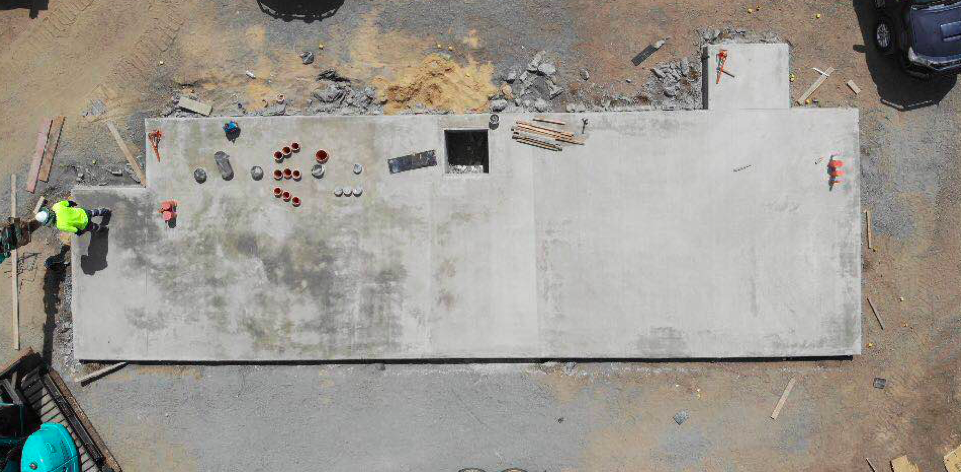Under round 7 of the Cooperative Research Centres Projects (CRC-P), the Australian federal government is providing nearly a third of the $30 million pot to energy storage and battery minerals projects. Established in 1990, CRC-P seeks to improve the effectiveness of Australia’s research effort bringing together researchers in the public and private sectors with the end users.
A total of $3 million was allocated for a project using artificial intelligence and a large-scale hybrid energy storage solution to fully integrate solar generation into the distribution system. There is a long list of partners behind the $28 million project, including Providence Investment Management, Queensland Electricity Transmission Corporation, Risen Energy (Australia), University of New South Wales, Tongyu Heavy Industy, Diamond Genest, CSIRO, Sungrow Australia, H2store and the University of Technology Sydney.
The project aims to develop an advanced energy storage—a hybrid of lithium batteries and hydrogen fuel cells, with DC loss detection technology. The system will use artificial intelligence to manage and smooth out the intermittency of renewable energy, balance out supply and demand, and allow the use of excess renewable energy where and when needed.
As reported earlier, the first system will be installed at Risen Energy’s 121 MW Yarranlea Solar Farm in Queensland. The integrated system will be tested on 5 MW solar farms, according to Providence Asset Group’s website. Once trials are complete, the project partners will develop a 35-40 MW storage solution at Yarranlea, within three years of the farm being commissioned.
The second hybrid battery project to win the government’s financial backing aims to develop high performance, low-cost, fast charge-discharge lithium-ion hybrid batteries based on nano-active electrode materials and ionic liquid electrolytes. The $9.3 million project led by technology company Calix, the Institute for Frontier Materials and BatTRI-Hub at Deakin University and Boron Molecular will receive $3 million in funding over three years.
Coin-cell fabrication, electrochemical screening and testing of Calix’s highly porous “nano-active” electrode materials (such as manganese oxide (Mn3O4) cathodes, and titanium oxide (TiO2) anodes) and ionic liquid electrolytes will be carried out by IFM at Deakin, Calix said in statement to the ASX. BatTRI-Hub will further manufacture pouch cell and battery pack prototypes which will be supplied to global manufacturers and customers for performance evaluation.
Battery minerals
The CRC-P 7th Round will also provide a $1.3 million grant for a pilot-scale assessment of a new, low-grade manganese ores leaching and purification process to produce high-purity electrolytic manganese metal and manganese sulphate monohydrate, used in lithium-ion batteries. The project led by Element 25, Lycopodium Minerals, Murdoch University and ALS Metallurgy, aims to reduce environmental impacts, allow for utilisation of uneconomical, low-grade ore deposits, and improve economic viability for downstream, onshore processing of critical minerals.
Another $1.1 million will go towards a process that takes manganese that is uneconomical for steel manufacturing and converts it to material that can be used in battery production. This project is led by Pilbara Metals Group.
Finally, $813,000 will be allocated for the development of a new process for producing high purity graphite (>99.95%) for application in the battery manufacturing industry. The project brings together Mineral Commodities, Doral Fused Materials and CSIRO and aims to demonstrate an industrially-implementable hydrometallurgical process for Mineral Commodities’ Munglinup graphite concentrate.
Among other 11 projects, the CRC-P 7th round will also provide a $2.9 million grant to design and manufacture a next generation electric bus for the global market.
This content is protected by copyright and may not be reused. If you want to cooperate with us and would like to reuse some of our content, please contact: editors@pv-magazine.com.









“Finally, $813,000 will be allocated for the development of a new process for producing high purity graphite (>99.95%) for application in the battery manufacturing industry. The project brings together Mineral Commodities, Doral Fused Materials and CSIRO and aims to demonstrate an industrially-implementable hydrometallurgical process for Mineral Commodities’ Munglinup graphite concentrate.”
Spending money on ‘old tech’ is one of the reasons holding back advanced battery chemistries from being developed and adopted. Go far, far away from graphite and towards nano-spinels for anode and cathode materials. Getting to that solid state battery chemistry would be a valid use of grant monies.